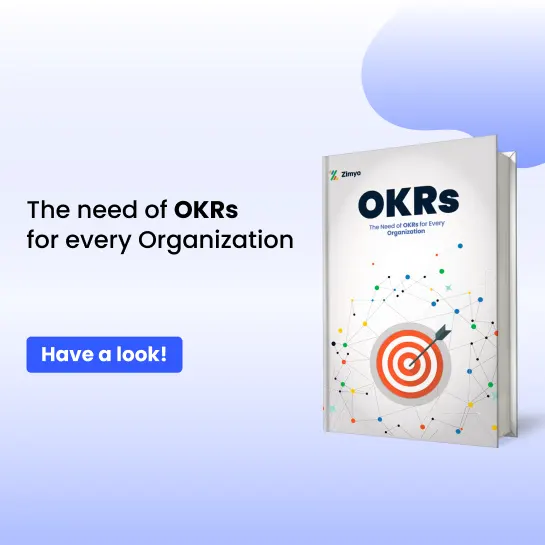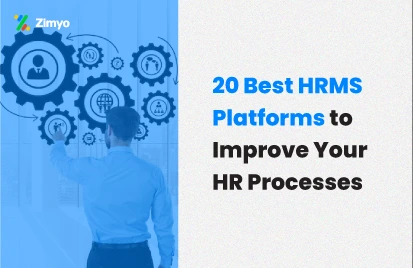A human resource management software(HRMS) helps a great deal when it comes to keeping track of every information related to employees of a company such as a payroll system, employee data, leave record, among others, but dealing with employee management comes with its difficulties. Scheduling employees can create many problems for human resources if the HRMS is not handled properly.
What is HRMS?
HRMS is one such software that most companies all around the world have adopted. All the companies are using HRMS in Gurgaon, Delhi, and other metro cities, as it helps human resource keep of all employee activities. Here are the best 10 ways to use employee work schedule management-
-
Create an employee list:
- First and foremost, create a list of all the employees working in your company. Keep a record of the detailed list of all the employees along with who works in which department. Along with names, add information such as roles, skills, certifications, contact information, part-time or full-time classification, overtime restrictions(if applicable), among others.
-
Report on staff availability:
- Employees should be given the option to choose a work schedule according to their preference. Giving this option of choice to the employees is beneficial for the company as the employees are more likely to work better if they have a chance to communicate their desired work hours. It also ensures better staff availability and creates a healthy collaborative environment amongst managers and employees.
-
Accessible schedule for employees:
- One of the major use of employee work schedule management is to make the work schedule easily accessible to the employees. Employees should have access to their schedules so that they’re less likely to forget a shift.
-
Automatic working hours and pay calculation:
- The HRMS software can also be used to keep track of the working hours of all the employees and thus deciding the payment and hike accordingly. This software is built-in with various algorithms and formulas to calculate pay automatically according to the working hours of an employee.
-
Plan multiple schedules:
- While planning a schedule, a plan B must always be planned in case of emergencies. A manager should never ignore the factor of humanitarian emergencies and should not allow contingencies when an exception occurs. Planning for an emergency and keeping a second plan available makes sure that the shifts are covered without intervening with a company’s productivity.
-
Staff parameters:
- Using HRMS software efficiently allows a manager to avoid availability conflicts amongst employees. Having real-time data of all employees helps a manager to plan the schedule keeping all parameters in mind, especially while handling projects with close deadlines.
-
Helps minimize employee absence:
- The employee work schedule managementmakes sure that the work does not suffer in the absence of any employee. It allows a manager to reassign the work in case an employee decides to take a leave. Furthermore, it also keeps records of the leaves of all employees which helps in reviewing their performance keeping alongside the leave policies.
-
Connect with third-party payrollproviders:
- This software allows exporting employee data to third-party payroll providers with just a click. The electronic system of the software keeps track of the employees and makes sure all the employees are paid without any delay.
-
Employee scheduling based on expertise:
- The HRMS software keeps track of the skills, certifications, and expertise of all the employees and while scheduling any work, it helps managers select a suitable candidate for each job.
-
Mobile version for off-site employees:
- One of the best features of HRMS is that it allows employees to manage their time and attendance from any place with the mobile version of the software. Thus, the employees working off-site or working from home can easily manage their attendance.
Human resource management software would help any organization immensely if it’s handled properly. It has changed the way employee management is handled in any organization and has made managers’ life easier by giving them a platform to keep track of the employees and schedule tasks.
Also Read: Women at Work






